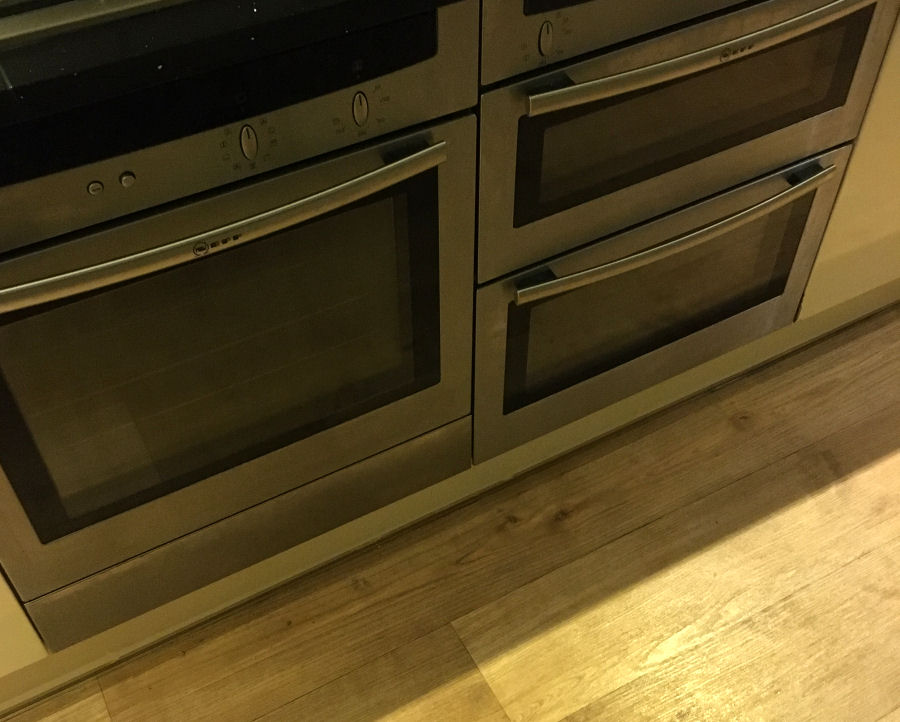Smart Home Kitchen Design
The first thing to say about our new kitchen plans is, that we want it to be both a quiet and social space, so that means no noisy appliances and close proximity to a dining space. Most of our appliances will be in the adjacent utility room.
Worktops
In a new build, I would always install deeper worktops (>70cm) instead of the standard 60cm deep worktops. This allows more space for under counter appliances and the associated wiring, switches, plumbing, etc. It also provides more space behind a stove set into a worktop, which makes it much easier to clean. This assumes you have the kitchen space to allow it though.
Appliances
There are some appliances that need to be in the kitchen. A fridge, oven, stove, dishwasher, wine cooler, etc. Noisier appliances such as washing machines are best located in a separate utility room.
HVAC
The kitchen will be a zone in our Heating, Ventilation & Cooling (HVAC) system.
Lighting
My plan is to have ambient/ceiling lighting that is dimmable. I would also have worktop lighting that is split into sections and also have under-cupboard lighting too.
Some people like LED strip lighting along the tops of wall mounted cupboards too. Accent lighting like this can also be added to plinths.
Networking
As with our utility room, I will be installing conduit/ducting with Ethernet cables to all appliances.
Downlighters
When using downlighters in a space like a kitchen, it is best to split them into separately controllable zones but do make sure any manual controls are intuitive. You also need to think carefully about colour temperature and brightness. It can be very useful to use dimmable lights to help with tasks or to create an atmosphere.

Downlighters are a really good way to get task lighting over worktops and as such they don't really need to be automated. You do need to be careful with the positioning and spacing though, to avoid odd looking shadows from worktops, etc.
Safety
In my contextual smart home, every single temperature sensor is also a safety sensor and is used to monitor absolute temperatures and rising temperature rate. Because smoke sensors don't work well in kitchen environments and are falsely triggered by cooking, heat sensors are generally used instead.
Smart Home Features
As with all rooms and zones in our contextual smart home, I will be designing in and installing a wide range of wired sensors. Many of these need to be optimally placed and wired sensors are more discreet, provide much better performance and remove the need for batteries.


